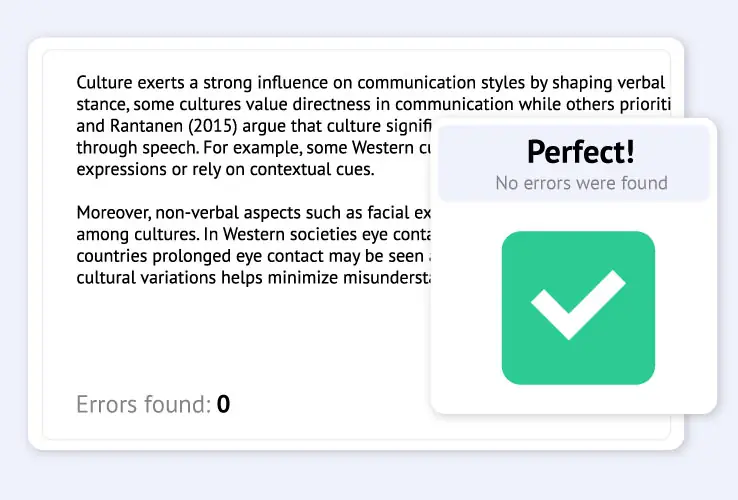Word Counter Korean Tool

Keep Track of Words
Got an essay or a social media post in Korean that needs to meet a certain length? This online Word Counter Korean tool gives you a precise number of Hangul words and characters. Stick to the limit and follow your progress to the finish line.
Enjoy Simplicity
This free checker is all about simplicity. Just paste your text, and you’ll instantly see the word and character count. Copy easily; no extra steps. Our word counter is designed to be intuitive, so you can focus on never confusing 왜 and 웨. Pay attention!
Learn and Grow
Studying Korean? Double-check your texts with this word calculator when working on practice exercises or with several sources of translated text. Knowing the exact word count can motivate you to push those limits! It’s a great way to improve quickly.Our Korean Character Counter Helps You With Hangul
Hangul is a unique writing system because of how carefully it was designed: it is easy to grasp the main principles of how syllables fit together. After all, each character illustrates the way your mouth should work for correct pronunciation! But when you’re battling those character limits for your assignments, it can get confusing for a learner. Our Korean Character Counter is here to help! It gives you an instant count for any text and saves time. Be sure that you’ll meet the required word limit for every project. Give it and our Thesis Generator try to make your writing smoother!

FAQ
Does Korean use counters?
Yes, Korean uses counters — short words to indicate what is being counted. People, animals, specific objects, and concepts all have different counters. They are added after numbers when describing quantities. For example, “명” (myeong) is used for people, “마리” (mara) for animals, and “개” (ge) for general items. Counters are an essential part of Korean grammar and daily communication.
How many words are there in Korean?
The Korean language has the second-largest vocabulary in the world with over 1 million words (though not all are in daily use), second only to the Tamil language. The National Institute of the Korean Language records thousands of words, including formal, informal, historical, and modern slang terms. Most everyday conversations use a more limited set of commonly known words.
What is the counting word for people in Korean?
The counting word for people in Korean is "명" (myeong). It’s used after a number to indicate the quantity of people. For example, "세 명" (se myeong) means "three people." In more formal or polite contexts, "분" (bun) is used instead to show respect, particularly when referring to elders or in professional settings.
What is the basic counting in Korean words?
Korean has two counting systems: Native Korean numbers (하나, 둘, 셋 — hana, dul, set, etc.) for quantities up to 99, age, and general counting, and Sino-Korean numbers (일, 이, 삼 — il, ee, sam, etc.) for dates, money, time, and measurements. The choice between the systems depends on what is being counted.